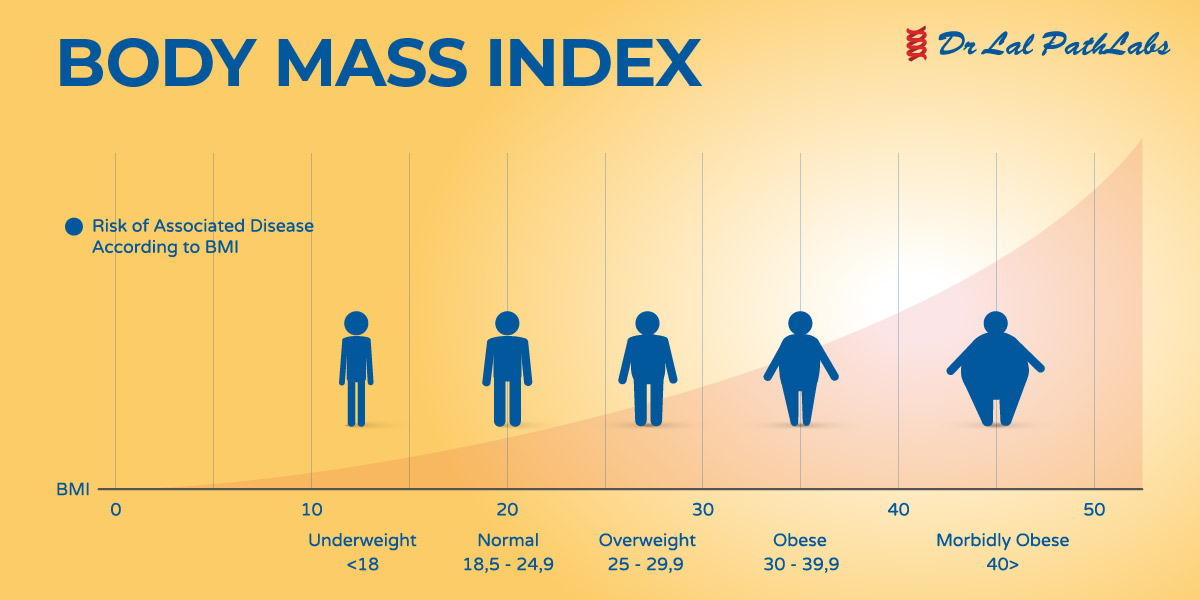In today’s world, where connections go beyond words, learning about body analysis is becoming an essential skill for coaches and anyone who wants to understand human nature.
In this guide, we’ll explore fundamentals of behavioral body analysis, covering common misconceptions. We’ll explain how character traits body analysis can be used in therapy, helping you spot hidden emotions.
Keep reading to discover how body analysis works. By the end, you’ll know how to interpret different body types.
The Importance of Body Analysis
Character traits body analysis gives you an unspoken dimension of communication, helping in team dynamics.
Even HR managers and recruiters can use behavioral observation in hiring decisions, gaining deeper insights into candidate personalities.
Learning the science of body reading also enhances observation skills. By noticing subtle cues, you become more aware to others’ needs and emotions.

Different Approaches to Body Analysis
There are several schools within character traits body analysis, each focusing on different aspects of the human body. One popular method examines face shapes to infer personality traits.
The “body explains” model, made popular by modern coaches, connects physical structure with specific personality archetypes.
Practicing multiple types of behavioral reading can give you a more complete picture of someone’s character and emotional state.

Body Analysis in Practice
Look for patterns: does a person consistently cross their arms? Do they lean away when asked certain questions?
Therapists use posture and body language to assess emotional openness.
Practicing behavioral body analysis also helps in personal relationships. By paying attention to loved ones’ posture shifts, you may notice stress or emotional needs earlier.
What People Get Wrong About Behavioral Body Reading
Relying solely on one signal can lead to misunderstandings.
Ethical practitioners of body analysis know it’s about observation, not judgment or labeling.
Parents use body analysis to understand children’s unspoken feelings. Teachers notice students’ posture shifts to catch disengagement.
Understanding “The Body Explains” Method
It’s used by therapists to help people understand why they react certain ways and how to unlock hidden emotional blocks.
For example, tight jaw might symbolize assertiveness.
By learning how the body expresses subconscious patterns, individuals gain insight into their behavior and relationships.
Ethical Considerations in Body Analysis
Ethical practitioners use behavioral insights to support communication, not control or manipulate.
Practitioners need cultural humility and awareness to avoid imposing biased interpretations.
Saying “I notice you tend to hold tension in your shoulders when discussing this topic” invites reflection, while “You’re clearly angry” risks invalidating the person’s experience.
How to Improve Your Body Analysis Abilities
Over time, you’ll sharpen your ability to detect subtle cues and contextual signals.
Reading books or attending workshops on behavioral analysis provides structured knowledge and frameworks.
With consistent practice, your awareness grows, enhancing communication, relationships, and emotional intelligence.

Should You Explore Behavioral Body Analysis?
From observing posture to linking body structure with personality, this skill enriches both personal and professional life.
Each pathway invites us to notice the wisdom carried in our bodies and how it shapes interactions.
If you’re ready to dive deeper, consider reading more books.
Common Questions About Body Reading
What is body analysis?
Body analysis is the practice of observing physical traits, posture, gestures, and movements to gain insights into personality, emotions, and behavioral patterns.
Is body analysis difficult to learn?
While it takes patience and observation skills, you don’t need professional certification to start applying it in daily life.
Is body analysis 100% accurate?
No single gesture or trait offers complete truth; ethical practice involves humility and openness to complexity.
How can I use body analysis professionally?
Many industries benefit from understanding nonverbal cues for better collaboration and empathy.
Are body analysis and body reading the same?
Body analysis often includes interpreting physical structure, traits, and muscular development, while body language reading focuses more on gestures and movements.
descubra mais
 Tony Danza Then & Now!
Tony Danza Then & Now! Alisan Porter Then & Now!
Alisan Porter Then & Now! Destiny’s Child Then & Now!
Destiny’s Child Then & Now! Marques Houston Then & Now!
Marques Houston Then & Now! Pierce Brosnan Then & Now!
Pierce Brosnan Then & Now!